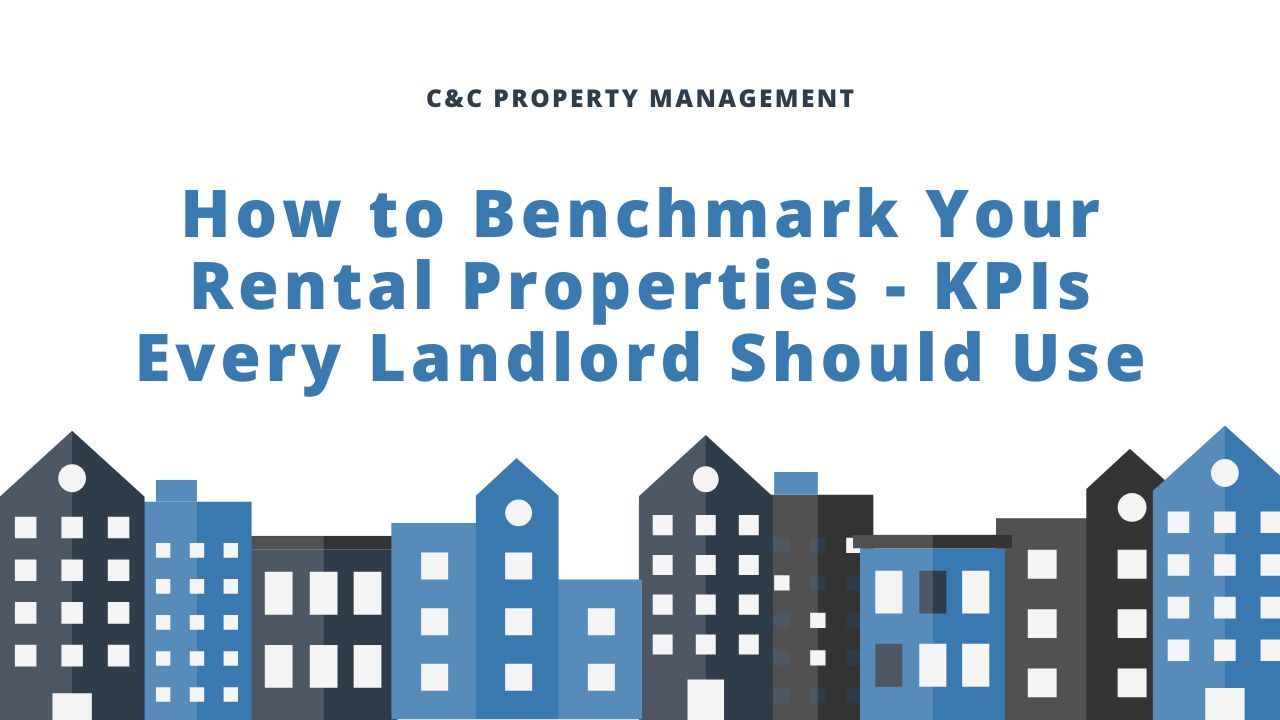2022 Rent Increases and Eviction Info
2022 Rental Increases and Eviction Moratorium
Rental Increases
Happy New Year! 2022 is the year for rent evaluation.
Under the California Tenant Protection Act, landlords are allowed to increase rent each year by 5%, plus the applicable average increase in the cost of living in order to allow for inflation.
At C&C Property Management, we take a proactive approach when it comes to rental increases. We do an annual rent increase evaluation in the Spring that goes into effect the following Summer. We base rental increases on many factors which are customized to each property. Taking this approach will keep your property competitive with today’s rental market no matter which way it fluctuates.
Eviction Moratorium
As your property management team, we do our best to minimize evictions as much as possible, as it is time-consuming, mentally draining, and costly.
In October of 2021, the eviction moratorium officially came to an end. The eviction moratorium prohibited landlords from the right to evict tenants who are in violation of their lease. With this moratorium coming to an end, tenants who are not approved for financial assistance and continue to have trouble catching up on rent, can now legally be evicted.
As your property managers, we can work with you to discuss options to potentially help get your tenants back on track to avoid an eviction. Should you decide that eviction is the right course of action for you, we are experienced in making this a seamless, stress free process.
Below is the process of how an eviction can legally take place.
1. File Forms With The Court: You will be filing a complaint to evict your tenant. This could be for any violation of their lease. In the state of California, filing fees can range from $350-$450.
2. Serve Tenant a Notice: As a landlord, you can serve the notice by the following:
Personal service, which is in person. Substituted service, which can be served to any competent member of the household, which follows a duplicate notice to be mailed to the tenant. Lastly, posting and mailing. This service is only allowed when the court has granted permission. This method is done by
posting the physical notice anywhere that is visible on the property while
another copy is mailed to the tenant's last known address. When mailing this notice it is recommended that you send the letter certified mail or by the process server.
3. What if the Tenant Doesn’t Respond?: Don’t fear, you have two options. (1) You can ask the courts for a default judgment without a hearing. The timeframe varies depending on the judicial officer’s schedule. (2) You can also get an immediate order of possession from the county office clerk. This is only applicable if you are not requesting money back.
4. Final Court Hearing: You’ve won! There are a couple of final steps before this headache is finally over. A Writ of Execution is the last notice the tenant will receive. Meaning they will need to remove their belongings before the sheriff’s office has them removed by force. The W.O.E can be served on the same day as the hearing, or it could take up to several days for the tenant to receive. Once they have received this notice they will be given 5 days to vacate the property. The tenant does have the right to appeal the judgment allowing them to extend their “move out” day. If the court grants this they will be given a 40-day extension.








